To achieve success in your vegetable garden your plants must be fed a balanced diet. If their diet is lacking in certain areas the plants will display tell-tale signs that can be used to identify the deficiency and correct it. Having proper nutrition in the garden is important to maximize your yield and your success.
Let us first identify which nutrients are important to your plants. There are two categories, Macro and Micro nutrients. Macro nutrients include Nitrogen, Phosphorus, Potassium, Calcium and Magnesium. Micro nutrients include Iron, Sulfur, Manganese, Boron, Copper, Chlorine, Zinc, Nickel, and Molybdenum. All of these minerals are important for healthy plant growth but, some are more important than others and should be maintained at acceptable levels if success in the garden is to be achieved. The Macro nutrients are the most important along minerals along with Iron. If these are kept at proper levels during the appropriate times you will be rewarded with healthy, vigorous growth and larger yields. Let's identify these common nutrient deficiencies that make such a big impact in your garden.
Nitrogen - The plants leaves will turn a pale green to yellow and growth will be very slow. The oldest leaves will be affected first. In some severe cases the whole plant could turn yellow.
Phosphorus - The plants leaves and stems may appear reddish or purple and growth will be slowed. The oldest leaves will affected first.
Potassium - The plants leaves will develop a gray or tan areas on or near the leaf margins. The oldest leaves will be affected first and will display the scorched leaf margin.
Calcium - Younger leaves are affected and growing tips may die. Plants root growth will be slowed. Blossom End Rot on Tomatoes and Tipburn on Lettuce, Cabbage, and Cauliflower are caused by localized deficiencies of Calcium.
Magnesium - The plants leaves will turn yellow between the veins. Sometimes referred to as Interveinal Chlorosis. The leaf is yellow but the vein is green. The oldest leaves will be affected. In severe cases younger leaves may be affected and older leaves may drop from plant.
Iron - The youngest leaves will be affected. The leaf will turn yellow but the vein will be remain green, Interveinal Chlorosis. In severe cases the leaf can turn a whitish color. It differs from Magnesium deficiency because the youngest leaves will be affected first. It often occurs in soils with a high pH.

Comment below, contact us here, or stop by Taproot Hydroponics and we’ll answer any questions you may have!





